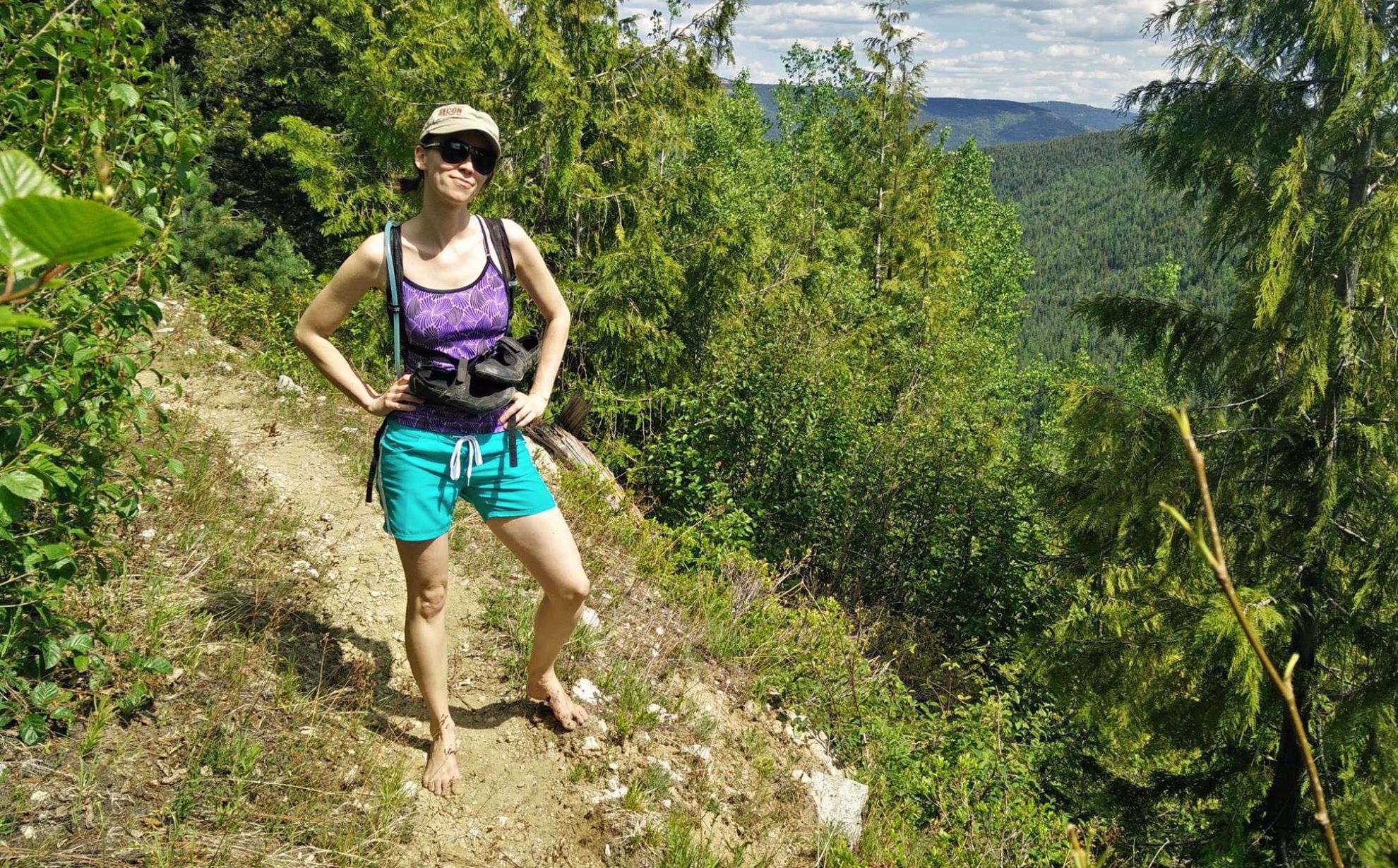The other day, I was walking on a nearby trail when I took a double take of a fellow hiker passing me. She was walking when I first saw her; my gaze turned down and I noticed she was not wearing shoes. My double take turned into a stare when she picked up the pace, turning her walk into a jog. I wasn’t sure whether to be impressed, stunned, or shake my head in disapproval at the ‘dangerous’ choice. Although I'd seen a barefoot runner, this was the first time I’d seen a barefoot hiker. A few years back, I became familiar with barefoot running when I read Christopher McDougall’s book, Born to Run: A Hidden Tribe, Superathletes, and the Greatest Race the World Has Never Seen. In it McDougall sets out to learn about the world’s greatest distance runners, the Tarahumara Indians of Mexico, and their barefoot running tradition. It is a great read and while inspiring and interesting on a number of levels, it still did not leave me with the urge to start trotting or even sauntering sans shoes. Though others did get that itch - the book serves as a summons to the world's runners to ditch the shoes. It denounces fat-heeled sneakers as insidious abominations, responsible for most running injuries while getting trumpeted as the solution to aching knees and sore arches.
Where there is barefoot running, there must be barefoot walking and hiking, but it seems the motives between the two groups diverge. For runners, many believe (and studies have shown evidence both for and against) that running barefoot leaves one less prone to skeletal injury (to read about this evidence follow this link). From personal experience, one running partner of mine struggled with knee pain for many years. She learned about the barefoot running idea and didn’t take the full plunge to naked feet but traded her sneakers for a minimalist piece of gear known as five finger shoes. In them, not only did her knee pain subside, but she ran her first full marathon. On a recent trip guiding in Bhutan one of my participant’s hiking shoes were a pair a Vibram Five Fingers. She has put many miles on the shoes and loves the feel.
"The feel" is a recurring theme for proponents of barefoot hiking. The sensation of moss, pine needles, dirt, granite and roots below and in between toes can be exhilarating. Barefoot hikers describe the tactile tread as full of fresh pleasures and even a bit of a foot massage. Some claim that being barefoot nurtures proper posture and overall foot health. It certainly causes one to be more mindful of each step when hiking and therefore possibly more apt to enter a meditative or spiritual state while walking.
If barefoot hiking piques your interest, experts suggest starting at a slow pace and for short durations. Don’t attempt a mile on your first outing; 100 yards is a good distance for one’s first barefoot jaunt. And if completely naked feet do not sound fun, try the Vibrams or a less expensive type of minimalist footwear known as Xeroshoes.
I don’t foresee Adventures in Good Company changing our packing list to include Vibrams or Xeroshoes in the near future and we think trying it on a backpacking trip would not be safe or comfortable. Barefoot running/walking/hiking may be a passing trend. But until then, we welcome adventurers to experiment with different hiking styles and gear.
Sources:
http://www.amazon.com/Born-Run-Hidden-Superathletes-Greatest/dp/0307279189



